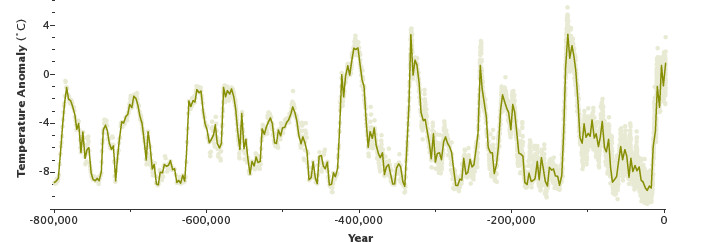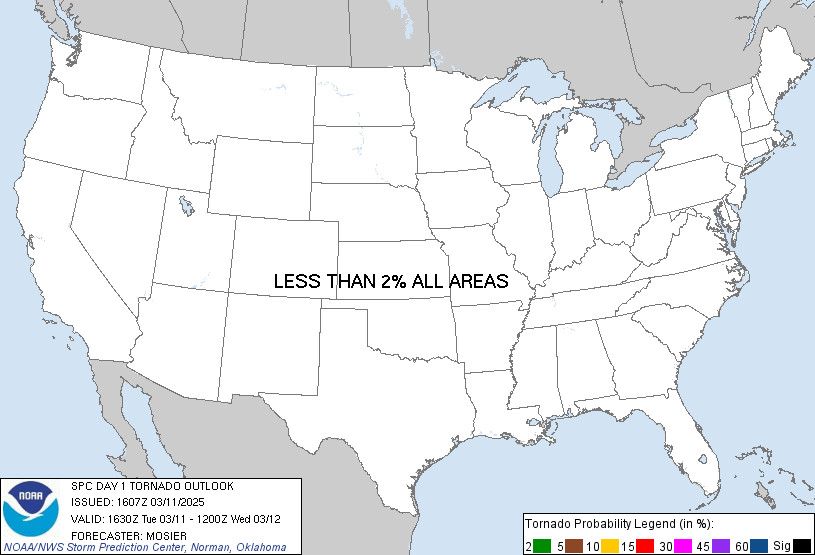Earth’s climate has naturally fluctuated throughout history, long before human influence. Scientists have uncovered evidence of these past climate shifts by studying various natural archives like tree rings, ice cores extracted from glaciers, ocean sediments, coral reefs, and layers of sedimentary rocks. These natural records provide valuable insights into Earth’s climate history. For instance, air bubbles trapped within glacial ice offer a direct sample of the ancient atmosphere, allowing researchers to analyze greenhouse gas concentrations dating back over 800,000 years. The composition of the ice itself also reveals information about past global temperatures.
These ancient climate records, known as paleoclimates, combined with sophisticated global climate models, paint a picture of Earth’s temperature history. They reveal periods of ice ages and warmer interglacial periods, even times when the Earth was warmer than it is today. However, a critical finding from paleoclimate research is that the current global warming trend is happening at an unprecedented rate, far exceeding the pace of warming observed in past climate events.
 Temperature variations over hundreds of thousands of years as recorded in Antarctic ice cores, highlighting the cyclical nature of ice ages and warmer periods, but also the unprecedented rapid increase in recent temperatures.
Temperature variations over hundreds of thousands of years as recorded in Antarctic ice cores, highlighting the cyclical nature of ice ages and warmer periods, but also the unprecedented rapid increase in recent temperatures.
Analysis of paleoclimate data shows that as Earth naturally emerged from ice ages over the last million years, global temperatures increased by approximately 4 to 7 degrees Celsius over an extended period of about 5,000 years. In stark contrast, the global average temperature has already risen by about 0.7 degrees Celsius in just the last century. This signifies that the current rate of warming is roughly ten times faster than the average warming rate experienced during the recovery from past ice ages.
Climate models project that Earth could warm by an additional 2 to 6 degrees Celsius in the coming century. Looking back at past global warming events over the last two million years, a 5-degree Celsius warming typically occurred over approximately 5,000 years. The predicted rate of warming for the next century is therefore at least 20 times faster than historical rates. This exceptionally rapid pace of change makes current global warming distinctly different and poses significant challenges due to the speed at which ecosystems and human societies need to adapt.

